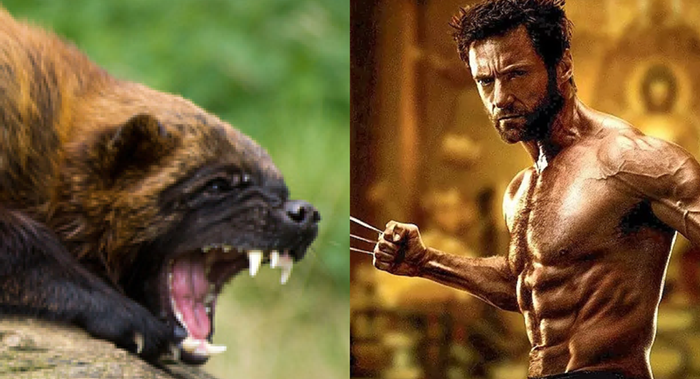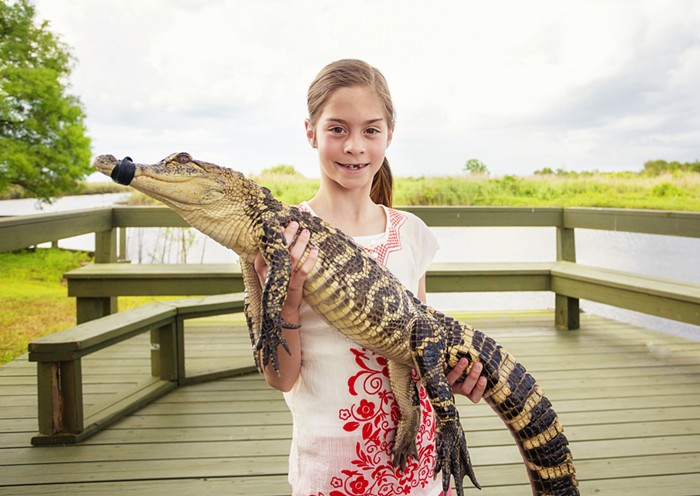THE PREMISE of The Great Northwest has become all too familiar: Portland filmmaker Matt McCormick found a detailed scrapbook in a thrift store that outlined the route and every stop made by four women on a 1958 road trip through Washington, Idaho, Montana, Wyoming, and Oregon. He then attempted to faithfully recreate the journey using the scrapbook's maps, menus, and photographs to compare and contrast what was there then and now.
The ink's still wet on the review of a book I wrote for this paper about the very same premise applied to Europe on $5 a Day ["Gimmick Tourism," Books, April 5] but putting that aside, McCormick has created a languid, vicarious journey using handheld shots of the old photos in front of the camera, then snatching them away to reveal the current incarnations of the intersections, views, and structures. Some of the motels and pubs are only superficially changed, other landmarks, like Frontier Land, are completely gone, and some—like most of Depoe Bay—are remarkably different. More significant changes at places like Celilo Falls and Mt. St. Helens call for a narrative aide in the form of explanatory text—the only voice that isn't fleeting or off camera in this otherwise dialogue- and soundtrack-free exercise.
Despite the often beautifully meditative shots of the landscape and some gently humorous moments (the best being McCormick's filming of the tourists watching Old Faithful instead of the active geyser itself), The Great Northwest is a documentary in the plainest sense: It's a simple and compact survey of the region, but it doesn't add much in the way of perspective or new information. It just is.



















